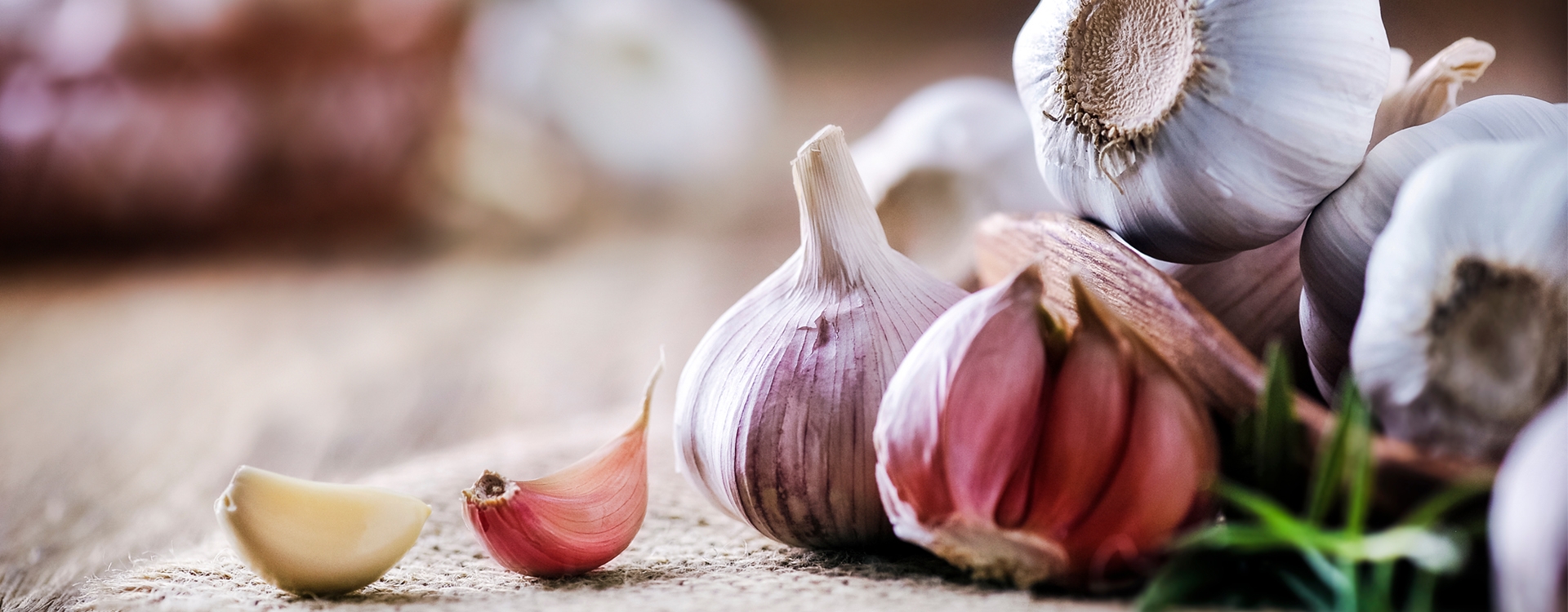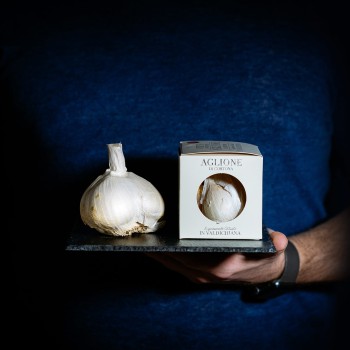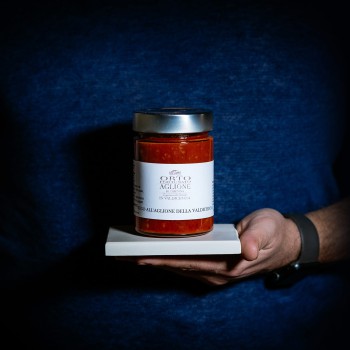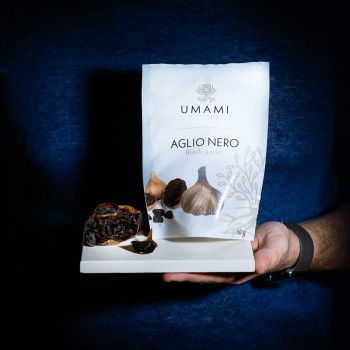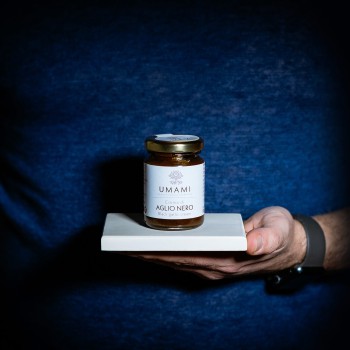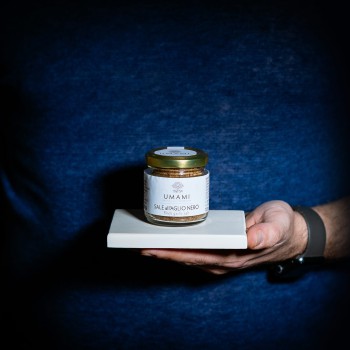Ferragosto is approaching, whip out the picnic baskets! What are we taking? All quick preparations to make and practical to carry and eat - dishes and cutlery are hardly needed! The secret? The best Italian cured meats.
Garlic, Aglione garlic and black garlic: kiss-proof delicacies
Garlic (Allium Sativum) is a bulbous plant belonging to the Liliaceae family. Many different garlic varieties belong to this classification, such as red garlic, Polesano white garlic or Aglione garlic; each of these varieties has unique features regarding taste, nutrients and health benefits.
Garlic, which is now globally widespread, has been used as an ingredient for over 3,000 years. It was first mentioned as far back as 1550 BC in the Ebers papyrus, an Egyptian medical papyrus. And still in Egypt, some garlic cloves were actually found in Tutankhamun’s tomb, where they were put to protect the dead from evil spirits.
Greeks thought that garlic had “doping” properties and each Olympic athlete would eat a couple of cloves prior to competitions. Romans considered garlic as a plant sacred to Mars, the god of war, since they were persuaded that it would boost the soldiers’ power and ferocity.
During the Middle ages, garlic was used as a cure-all. It was also believed that garlic could protect from demons, witches and vampires. Taoists and Vaishnavas - followers of Vishnu, Rama and Krishna - did not agree at all, though. They thought that garlic was harmful and could trigger violent passions and excesses.
Regardless, we like garlic… a lot. Besides its (real or alleged) properties, what really matters is its pungent and long-lasting flavour. And if you think that you cannot eat garlic on a first date, you still haven’t tried all its varieties.
How many garlic types exist?
There are at least 10 different garlic varieties in Italy. Varieties differ in colour, shape, size, harvest season, aroma and many more features. The garlic varieties that stand out the most are PDO Polesano white garlic, Vessalico garlic (Slow Food presidium), Sulmona red garlic (listed as an Italian traditional agri-food product) or PDO Voghiera garlic, but my favourite one is Valdichiana Aglione garlic.
Aglione garlic for the win
As the name suggests, Aglione is a very big garlic, each bulb weighing more than half a kilo. However, its main feature is not its size, but rather its taste that is sweeter and less overpowering than that of common garlic. And it also doesn’t cause bad breath, which makes it ideal for a romantic dinner, too!
It is usually eaten with Pici noodles - another traditional Tuscan dish – but it can actually replace common garlic in every dish, even on roasted bread with a thread of olive oil or on the classic bruschetta with tomatoes. Tuscan Aglione garlic lends an incredible flavour to the dish without being overpowering and masking other flavours.
PDO Polesano white garlic, before and after
Yet another delicacy. In the province of Rovigo, the local alluvial soil, which is rich in calcium, magnesium, phosphorus and potassium, provides outstanding nutrients to garlic. Moreover, this garlic variety contains less liquids than common garlic, meaning that it has a longer shelf life.
It is an already in itself extraordinary garlic variety, but it actually tastes the best after undergoing a maturation and fermentation process. That’s what the Umami lab, specialised in the production of black garlic and black shallot, does.
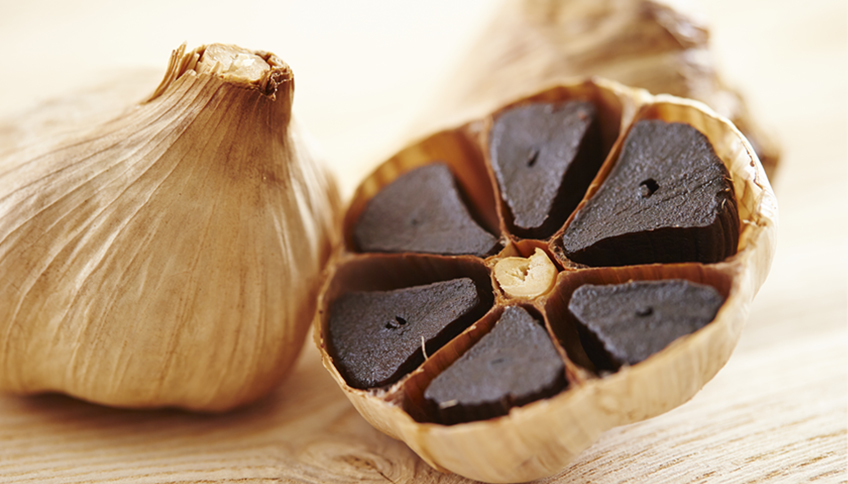
In order to obtain black garlic, garlic has to be kept at a controlled temperature and humidity for two months. The result is an extraordinary taste explosion. Polesano white garlic completely changes, both in colour and consistency. It becomes soft, almost creamy, and develops a taste that is similar to that of soy sauce and Balsamico vinegar.
Umami is the magic word; that’s why the manufacturing company has decided to take this name. In the Japanese language, Umami indicates one of five fundamental flavours (the other ones being sweet, savoury, bitter and sour); it’s the flavour of anchovy sauce, aged Parmigiano Reggiano cheese and dried Porcini mushrooms.
Black garlic is also very easy to digest and does not cause bad breath. As a matter of fact, the fermentation process gets rid of allicin, which is the substance causing bad breath. It can replace common garlic in classic recipes (try Spaghetti noodles with black garlic, oil and red hot chilli pepper), or you can rub some on roasted bread.
Garlic, Aglione garlic and black garlic are three nuances of a unique flavour. Compared to common garlic, Tuscan Aglione garlic and black garlic have remarkable features and health benefits. They are more delicate, easier to digest and do not cause a bad smell in the mouth. They truly are kiss proof!






























.jpg)

